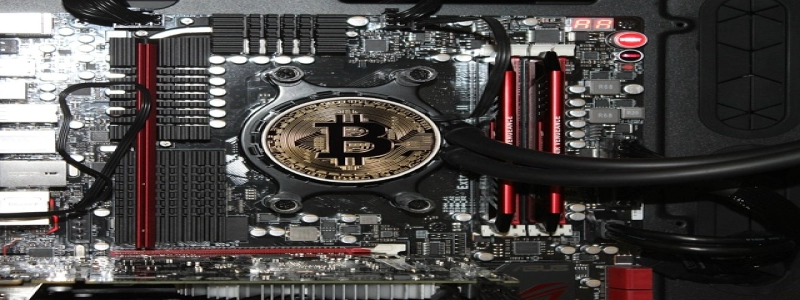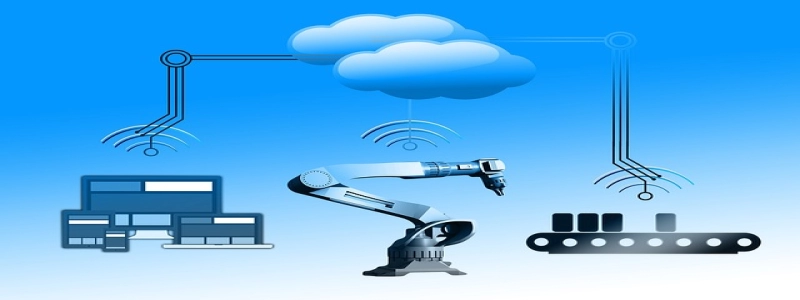ESP32 with Ethernet Port
Introduction:
The ESP32 is a powerful microcontroller that has gained popularity due to its versatility and built-in Wi-Fi and Bluetooth capabilities. However, there are instances where a reliable wired connection is necessary. To cater to such needs, certain models of the ESP32 come with an Ethernet port, allowing for a more stable and faster connection.
I. What is an Ethernet Port?
An Ethernet port is a hardware interface that enables a device to connect to a local area network (LAN) or the internet via a wired connection. It uses standardized protocols to transmit data packets over a network, resulting in a more stable and reliable network connection compared to wireless options.
II. Benefits of Ethernet Port on ESP32:
1. Stability: Ethernet connections offer a more stable data transfer compared to wireless connections. This stability is crucial in applications that require continuous and uninterrupted data flow, such as industrial automation, surveillance systems, and servers.
2. Faster Speeds: While Wi-Fi connections are suitable for most everyday tasks, an Ethernet connection allows for even faster data transfer rates. This can be advantageous for applications that involve large file transfers or streaming high-definition media.
3. Enhanced Security: Wired connections via Ethernet are generally considered more secure than wireless connections. As there is no air interface for potential interception, the risk of unauthorized access or data breaches is reduced.
III. Setting up ESP32 with Ethernet Port:
1. Hardware Configuration: Ensure that you have an ESP32 module with an Ethernet port. Connect one end of an Ethernet cable to the port and the other end to a router or switch.
2. Software Configuration: Compile and upload the appropriate Ethernet library for your ESP32 development board. This library will provide the necessary functions to establish and manage the Ethernet connection.
3. Network Configuration: Assign an IP address to the ESP32 using the Ethernet library. This allows the module to communicate with other devices on the network. You can also configure other network parameters such as gateway and subnet mask if required.
IV. Applications of ESP32 with Ethernet Port:
1. Industrial Automation: The stability and speed of Ethernet connections make the ESP32 suitable for controlling and monitoring industrial processes. Its ability to connect to Ethernet-enabled industrial devices or PLCs allows for seamless integration into existing systems.
2. IoT Gateways: An ESP32 with an Ethernet port can serve as an IoT gateway, connecting various sensors and devices to the cloud or a local server. This enables data collection, analysis, and real-time monitoring of IoT systems with low latency.
3. Networked Security Systems: Ethernet connections are commonly used in surveillance systems and security applications where real-time video streaming and high data bandwidth are required. The ESP32 with an Ethernet port can function as a central control unit for such systems.
Conclusion:
The addition of an Ethernet port to the ESP32 microcontroller broadens its capabilities and enables it to cater to applications that require reliable and high-speed wired connections. Whether it is for industrial automation, IoT gateways, or networked security systems, the ESP32 with an Ethernet port provides a versatile and cost-effective solution.








